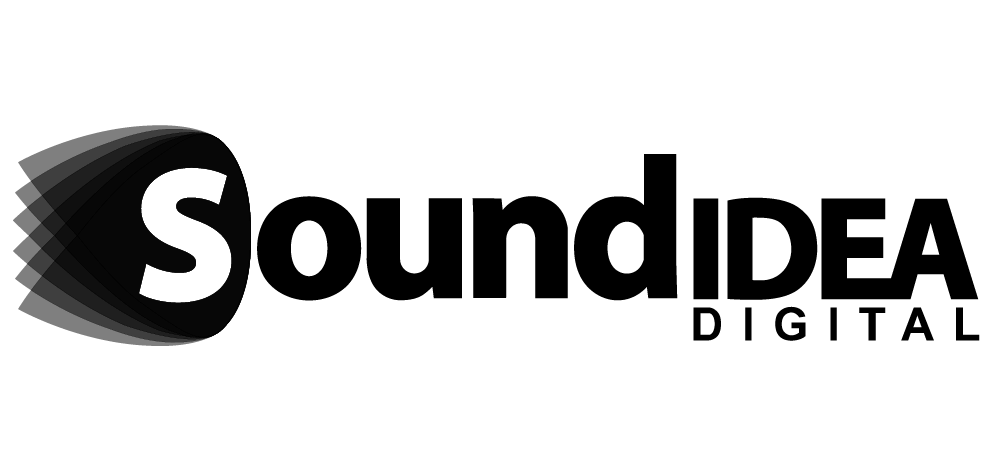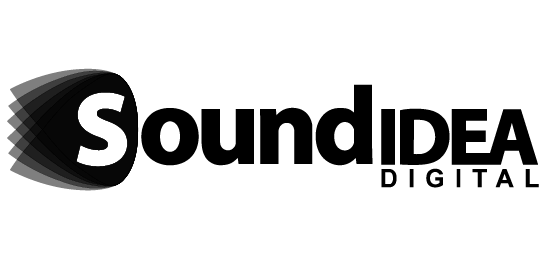
Agile vs. Waterfall in Corporate eLearning LMS
The corporate eLearning landscape is rapidly evolving, driven by digital transformation, changing workforce needs, and the increasing importance of upskilling. Organisations are investing in robust eLearning solutions to improve learner engagement, knowledge retention, and compliance. However, the effectiveness of any eLearning initiative is significantly influenced by the project development methodology chosen. Two of the most widely used approaches are Waterfall and Agile. Each offers unique benefits and potential drawbacks, and understanding these can help organisations implement an eLearning LMS that truly supports business goals and learner outcomes. Choosing the wrong methodology can result in wasted resources, delayed timelines, and learner frustration, making this decision critical for corporate training success.
Development strategies also influence how content evolves and adapts to organisational changes. In highly regulated industries, content must meet strict standards, while fast-moving sectors may require frequent updates and iterations to remain relevant. Integrating an eLearning LMS effectively requires a methodology that aligns with the company’s operational rhythm, stakeholder availability, and learner expectations. A clear grasp of the nuances of Waterfall and Agile empowers teams to build courses that are not only efficient to produce but also maintainable and adaptable over time, enhancing the overall ROI of corporate training initiatives.
Understanding the Waterfall Approach
Waterfall is a traditional, linear project management methodology where each stage follows sequentially, with progress flowing downward through clearly defined phases. In eLearning development, these phases typically include analysis, design, development, implementation, and evaluation. This step-by-step structure ensures that objectives, learning outcomes, and compliance requirements are carefully considered before any course content is produced. For organisations managing complex or high-stakes training programmes, such as safety, legal compliance, or government-mandated courses, the predictability and thorough documentation inherent in Waterfall can provide significant advantages.
A key characteristic of Waterfall in eLearning LMS development is its emphasis on detailed upfront planning. Every learning objective, module, and assessment is outlined before production begins, reducing ambiguity during development. This approach can streamline communication among instructional designers, subject matter experts, and compliance teams. However, while the methodology ensures consistency and clarity, it can be less responsive to changes in organisational strategy or learner needs, which may require costly revisions if adjustments are needed mid-project. For this reason, Waterfall is best suited for projects with stable requirements and limited external variables.
Exploring the Agile Methodology
Agile is an iterative, flexible approach prioritising rapid development cycles, frequent feedback, and continuous improvement. Unlike Waterfall, Agile breaks content creation into small, manageable increments, often referred to as “sprints.” Each sprint allows for immediate testing, review, and adaptation based on stakeholder feedback, making Agile ideal for organisations using an eLearning LMS that must evolve alongside shifting business priorities. Agile empowers instructional designers to respond quickly to learner performance data, emerging trends, and organisational changes, ensuring content remains relevant and effective.
In practice, Agile promotes strong collaboration among developers, subject matter experts, and stakeholders, resulting in more dynamic, learner-focused solutions. Continuous feedback loops allow teams to address gaps or misunderstandings early, improving overall course quality. Additionally, Agile’s iterative process supports experimentation and innovation, such as incorporating multimedia elements, interactive assessments, or gamified features in the eLearning LMS. This flexibility can lead to more engaging courses that drive higher completion rates and better knowledge retention, particularly in industries where training needs are evolving or knowledge is updated frequently.
Pros and Cons of Waterfall
Waterfall provides structure, clarity, and predictability for eLearning LMS projects. Its advantages include clearly defined phases that simplify project management, extensive documentation supporting compliance, and predictable timelines for budgeting and resource allocation. Because the process is sequential, stakeholders understand exactly when to expect deliverables, which is particularly valuable for compliance-heavy sectors or large-scale corporate training programmes that require detailed approval chains.
However, Waterfall is less flexible when requirements change. Late-stage alterations can be costly and time-consuming, as changes may require revisiting earlier phases of development. Feedback is typically received at the end of the project, which can result in misalignment with learner expectations or corporate goals. Moreover, lengthy development cycles risk content becoming outdated by launch, especially in fast-paced industries. These limitations make Waterfall most suitable for projects with well-defined, stable objectives and minimal expected changes.
Pros and Cons of Agile
Agile offers significant benefits for eLearning LMS initiatives requiring flexibility and rapid iteration. Its iterative nature allows instructional designers to incorporate stakeholder feedback in real time, adjust course elements quickly, and continuously improve content quality. Frequent touchpoints with learners and stakeholders reduce the risk of misalignment and support higher engagement and knowledge retention. Agile also allows teams to launch parts of a course incrementally, enabling early deployment of critical modules while other sections are refined.
Despite these advantages, Agile can be resource-intensive, requiring consistent participation from stakeholders and development teams. If not carefully managed, its flexibility may lead to scope creep, and the final product can lack cohesion without strong coordination. Furthermore, forecasting precise timelines and budgets can be more difficult compared to Waterfall. Agile is most effective in environments where project requirements evolve, and continuous collaboration is possible, particularly when leveraging an eLearning LMS that supports modular content and real-time updates.
When to Choose Waterfall
Waterfall is ideal for projects with fixed requirements, high regulatory oversight, and limited tolerance for changes during development. Industries such as finance, healthcare, and government often benefit from Waterfall because it ensures comprehensive documentation and compliance with strict standards. The structured nature of Waterfall also simplifies reporting and auditing, which is essential when adhering to legal and accreditation requirements.
This approach is also advantageous for teams that need predictability in budgeting, timelines, and resource allocation. By clearly defining objectives and deliverables upfront, Waterfall reduces the risk of unexpected delays or cost overruns. When using an eLearning LMS to deliver mandatory training or highly structured content, Waterfall provides a reliable framework for creating courses that meet regulatory requirements while minimising surprises during implementation.
When to Choose Agile
Agile is best suited for projects where requirements are expected to evolve and rapid updates are critical. Organisations facing fast-changing markets or integrating new technologies into their workflows benefit from Agile’s flexibility. Agile allows instructional designers to test content, receive feedback, and iteratively improve modules, enhancing learner engagement and satisfaction.
Agile also works well when stakeholders can actively participate throughout the development cycle. Continuous collaboration ensures that courses remain relevant to business objectives and learner needs. Organisations using an eLearning LMS to deliver skills-based training, onboarding, or professional development programmes can take advantage of Agile to deliver content in modular increments, enabling quicker deployment and faster knowledge transfer.
Hybrid Approaches: Combining Waterfall and Agile
Hybrid models combine the strengths of Waterfall and Agile, providing structure where needed while allowing flexibility in content development. For example, initial planning and compliance requirements may follow Waterfall methodology, ensuring that objectives, regulations, and deadlines are met. Meanwhile, content creation and iterative improvements can follow Agile practices, allowing teams to respond to feedback and adjust modules in real time.
This blended approach offers the best of both worlds, particularly for organisations with mixed requirements. Compliance-heavy sections benefit from Waterfall’s predictability, while modules requiring innovation or frequent updates leverage Agile’s adaptability. Using an eLearning LMS in a hybrid methodology allows organisations to maintain both quality and agility, producing content that is accurate, engaging, and responsive to learner needs.
Tools and Platforms for eLearning Development
The choice of tools and platforms is critical for successful implementation of any methodology. Agile teams benefit from platforms that support iterative development, collaborative workflows, and real-time feedback. These features enable instructional designers to monitor progress, test modules, and incorporate changes efficiently. Conversely, Waterfall projects require tools that facilitate detailed planning, comprehensive documentation, and strict version control, ensuring that every phase is tracked and auditable.
For organisations using an eLearning LMS, integrating these tools can streamline content management, improve communication between stakeholders, and reduce development time. Selecting the right platform allows teams to maintain high-quality standards, track learner engagement, and scale training across multiple departments efficiently. Ultimately, the right combination of methodology and platform determines the success of corporate eLearning initiatives.
Choosing between Agile and Waterfall in corporate eLearning development is not a one-size-fits-all decision. Organisations must consider project complexity, regulatory requirements, stakeholder availability, and the need for flexibility. A clear understanding of these methodologies enables instructional designers to leverage an eLearning LMS effectively, producing content that is engaging, compliant, and aligned with business goals.
If you’re seeking to optimise your eLearning development process, get in touch with us at Sound Idea Digital. We provide expert guidance on selecting and implementing the methodology that best suits your organisation, ensuring your eLearning LMS drives measurable outcomes, enhances learner engagement, and supports ongoing business growth.



